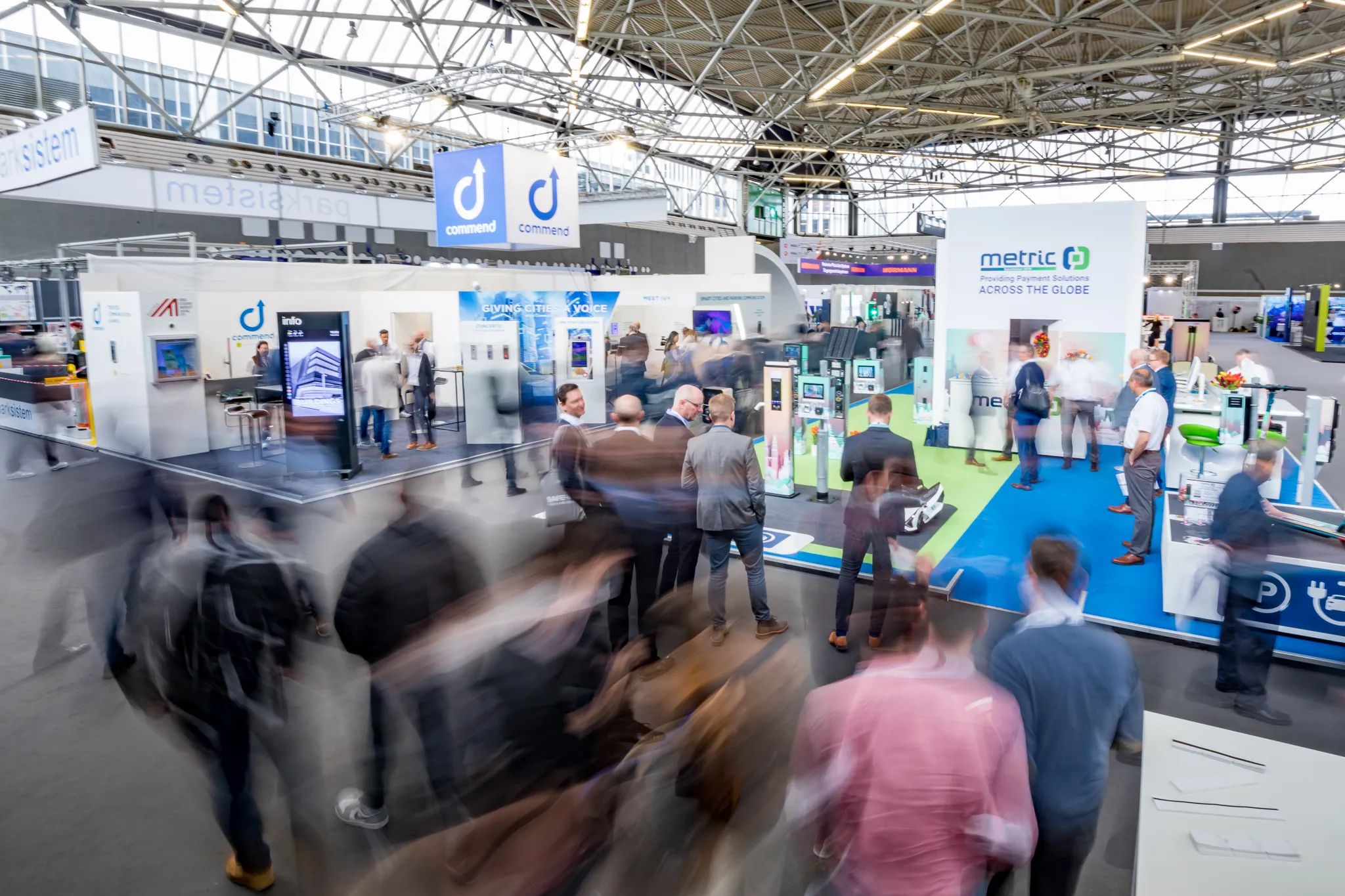
The European Commission, the European Parliament and European Union leaders say their long-term budget 2021-2027, coupled with NextGenerationEU programme will lead to a greener, more digital and more resilient Europe.
Indeed, the promising NextGenerationEU “will be the largest stimulus package ever financed through the EU budget”. A total of €1.8 trillion will help rebuild a post-Covid-19 Europe.
The ultimate objective is to ensure a prompt recovery of the economy, turning the current crisis into an opportunity to modernise and transform strategic sectors for the future of Europe including transport and mobility. Roads will be at the frontline of the recovery - as in previous significant moments in history – to facilitate the economic development and social cohesion demanded by political leaders.
Considering the reduction of investment during past decades, the coming financial programmes represent a unique opportunity for the road infrastructure industry that is traditionally funded at national levels through each country’s investment schemes. But now the road sector will be eligible to benefit from specific programmes at European Union level until 2027.
Firstly, key to the recovery is the ambitious NextGenerationEU, a €750 billion temporary instrument, which will complement the EU’s long-term budget and is composed of different tools representing the largest-ever stimulus package through EU funding.
 The centrepiece is the Recovery and Resilience Facility consisting of large-scale financial support for public investments in areas such as green and digital projects (€672 billion). The support will be given out in the form of loans (€360 billion) and grants (€312 billion).
The centrepiece is the Recovery and Resilience Facility consisting of large-scale financial support for public investments in areas such as green and digital projects (€672 billion). The support will be given out in the form of loans (€360 billion) and grants (€312 billion).
EU member states are required to present national plans so the inclusion of road infrastructure will depend on the priorities for every country. To this end, the ERF calls on national and regional authorities to prioritise infrastructure in their transport plans.
This can include boosting market uptake of clean vehicles, promotion of research and innovation for automation and connectivity (to consolidate EU global leadership) and initiatives to ensure a safe urban mobility environment for vulnerable road users such as cyclists.
Secondly, the EU budget includes the existing Cohesion Funding and the Connecting Europe Facility as main programmes. Both instruments follow key political priorities such as the EU’s Green Deal designed to make Europe a climate-neutral region by 2050; to be achieved by many sectors including transport by promoting greener and digital infrastructures. It will also focus on regions that have not had the best safety and highway performance in the past.
In this sense, the ERF supports the approach, especially to correct dramatic imbalances in road safety performance, hand-in-hand with the deployment of the latest technologies to less economically well-off regions.
Connecting Europe
The Connecting Europe Facility has focused mainly on railway investment in the past. But higher safety and asset performance expectations from the road industry have risen in recent years to overcome the challenges of introducing automation, improving connectivity and safety as well as electromobility to help decarbonise the sector. As well, roads should play an important role creating an effective trans-European transport that will connect the most remote areas in Europe and act as integrator of other modes.
For the first time, the new Connecting Europe Facility will allocate funding - €5.8 billion - to adapt strategic sections of the transport network for dual civilian-military use. This will ensure a resilient critical infrastructure for a smooth movement of military equipment not only in case of any conflict but as well in case of rapid intervention due to extreme natural or man-made events (flooding, earthquakes, terrorism).
Also, there is expected to be within the Connecting Europe Facility specific funding for bridges studies or actual construction. ERF has been demanding a more ambitious plan to invest in the maintenance and upgrade of critical bridges as the vast majority are near the end of their useful life and often handling more than their design specifications dictated.
Further investments will come from the new Horizon Europe programme, focusing on development of innovative solutions to improve the resilience of the infrastructure and maintenance operations. The green light is also given to the creation of the European Partnership on Connected, Cooperative and Automated Mobility (CCAM) - a new public-private partnership in road transport. This research and innovation initiative will combine industry and institutional efforts to accelerate the implementation of CCAM technologies and services, including physical road infrastructure.
Consequently, several opportunities are ahead for the road sector. New scenarios will validate solutions and services already developed by the industry in recent years in search of safer, more sustainable, innovative and resilient transport.
Under the current regulatory and financial framework, there is a momentum to raise social and political awareness of the sector’s importance. European, national and regional authorities should also consider the integrative role that roads will play in a multimodal future. An integrated road network is the key partner for quickly transforming and modernising the EU economy in the aftermath of the Covid pandemic.
ABOUT THE AUTHOR:
José Diez is director of public affairs for the non-profit Brussels-based ERF – European Union Road Federation









